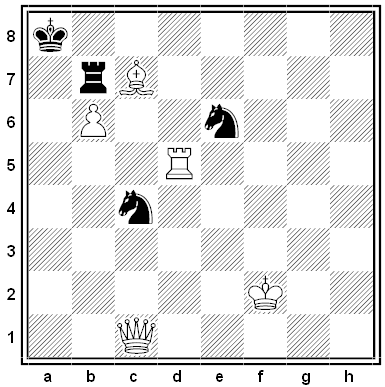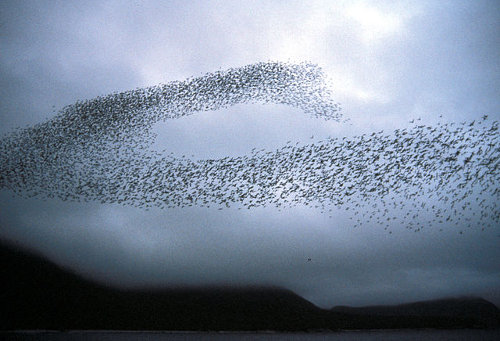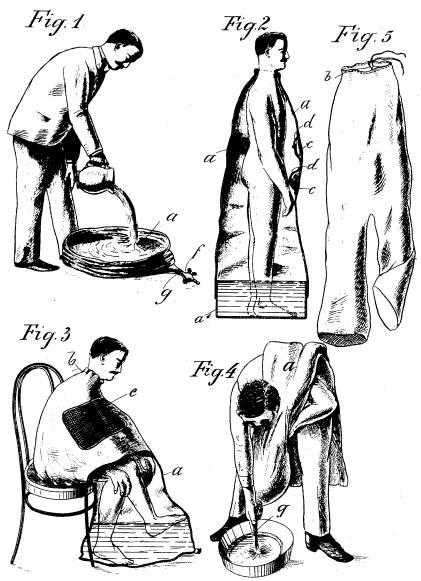There is at Columbia University’s Arden House Conference Center a statue of a cat in bronze. It stands on a floor at the head of a stairway that leads into a common room at a lower level. Presumably it is of some value, or believed to be … inasmuch as the managers have chained it to the railing — to forestall theft, I suppose, as if it were a television set in a squalid motel. Such might be the obvious interpretation. But I am open to the suggestion that it is not a chained sculpture of a cat but a sculpture of a chained cat, one end of which is wittily attached to a piece of reality. … Of course what we take to be a bit of reality can in fact be part of the work, which is now a sculpture of a cat-chained-to-an-iron-railing, though the moment we allow it to be a part of the work, where does or can the work end? It becomes a kind of metaphysical sandpit, swallowing the universe down into itself.
— Arthur Danto, The Transfiguration of the Commonplace, 1981






